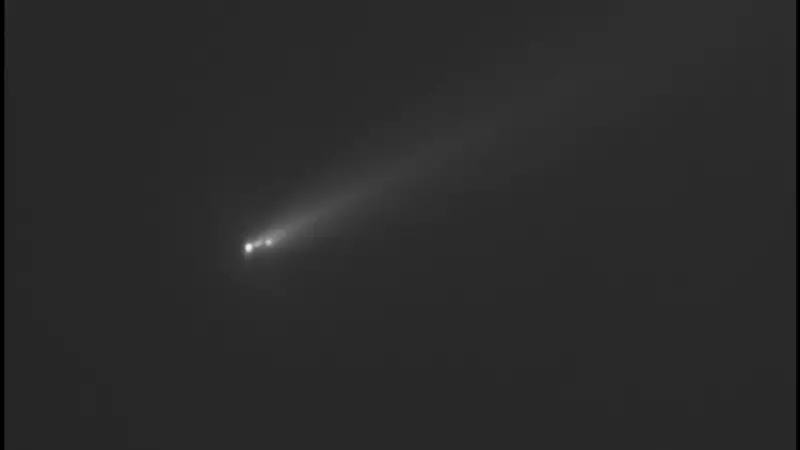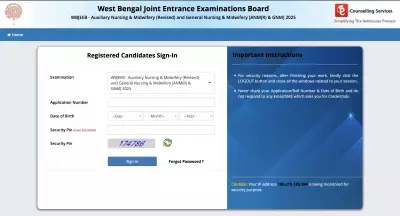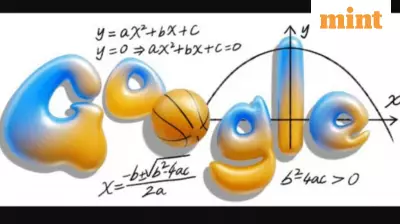
The celestial spectacle that astronomers have been tracking since May has taken a dramatic turn. Comet C/2025 K1 (ATLAS), discovered earlier this year, has fragmented into multiple pieces during its solar encounter and is now heading toward its closest approach to Earth.
From Discovery to Fragmentation
First detected in May 2025 by astronomers at the Asteroid Terrestrial-impact Last Alert System (ATLAS), comet C/2025 K1 successfully survived its closest approach to the sun on October 8, 2025. During this perihelion event, the comet came within approximately 31 million miles (50 million kilometers) of our star.
Recent observations by Italian astronomer Gianluca Masi revealed the comet's unfortunate fate. The founder of The Virtual Telescope Project and astronomer at the Astronomical Observatory of Campo Catino documented that the comet succumbed to extreme gravitational forces during its solar passage.
"Several parts (sub-nuclei or clouds of debris) are visible, also a plume just below the leading fragment," Masi reported in his latest update from Manciano, Italy.
The Mysterious Color Transformation
One of the most intriguing aspects of comet C/2025 K1's journey was its unexpected color change around perihelion. The comet shifted from its characteristic greenish glow to a surprising golden hue.
Scientists remain puzzled by this color transformation. The green color typically results from diatomic carbon fluorescing in sunlight, leading researchers to speculate that the golden appearance might indicate a lack of carbon-bearing molecules in the comet's coma—the surrounding cloud of ice, dust, and gas.
Observing the Celestial Debris
For astronomy enthusiasts hoping to witness this cosmic event, the fragments of comet C/2025 K1 are currently visible in the constellation Leo with a magnitude of 9.9.
While this makes the comet debris too faint for naked-eye observation, sky-watchers can spot it using:
- Mid-range telescopes
- Strong stargazing binoculars
- Proper dark sky conditions
The surviving debris cloud will make its closest approach to Earth on November 25, 2025, passing at approximately 37 million miles (60 million kilometers) from our planet. This distance represents roughly half the average Earth-Sun distance, providing a relatively close view of the fragmented comet.
Despite the comet's breakup, the event offers a unique opportunity for astronomers and amateur sky-watchers alike to study comet fragmentation up close. The spreading cloud of debris continues to travel through our solar system, leaving scientists with valuable data about comet composition and behavior under extreme conditions.





